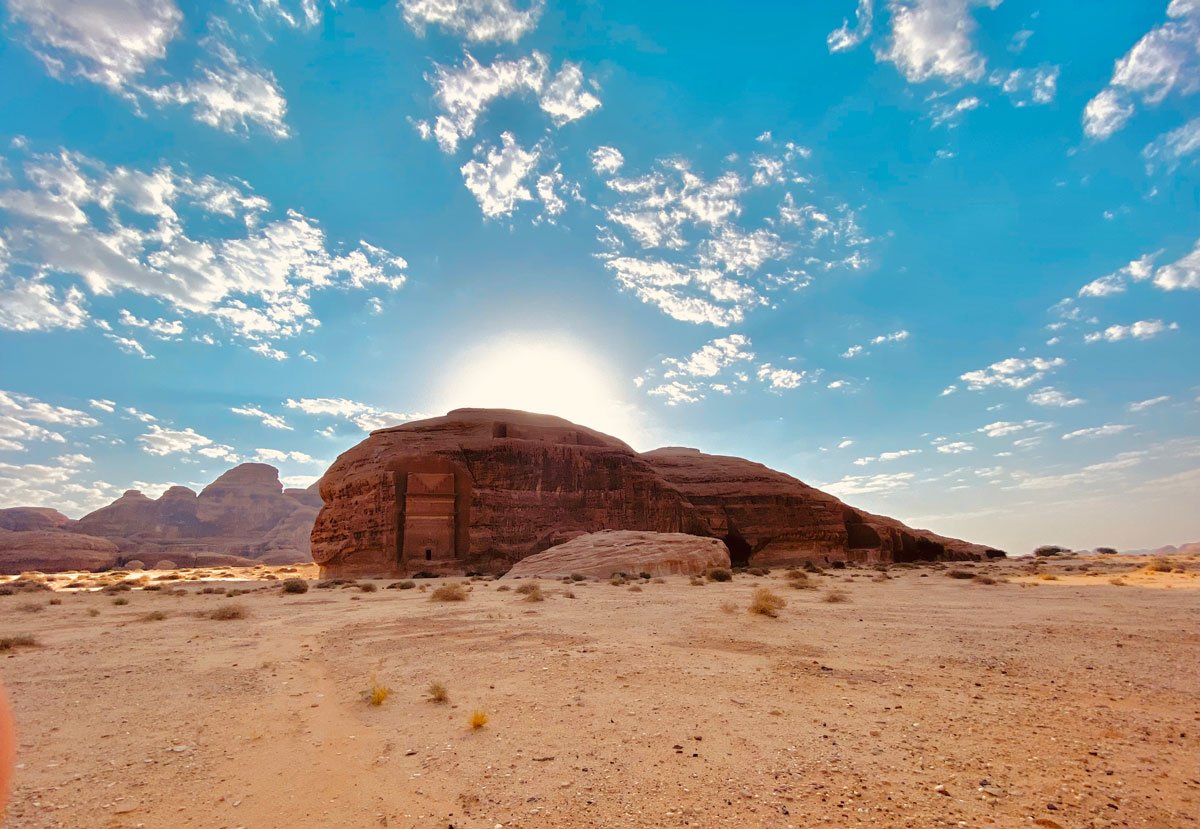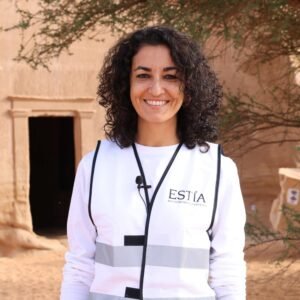A return home with Saudi Arabia dates
Italy, December 24th. After our first month and a half spent in AlUla, we returned to Italy to spend the Christmas holidays with families and friends. Each of us brought back with one or more boxes of Saudi Arabia dates that have been cultivated since the first millennium BC in the Alula Oasis: approximately two million palm trees produce more than 90,000 tons of them every year. At the AlUla Dates Festival, held in November, we discovered that they use goat skin sacks to preserve the pulp of the fruits here. A long-lasting product!
The date palm, also known as the tree of life
The date palm, which some call the tree of life, is not only an excellent source of sustenance but has always been used by local communities for many other purposes. For example, dried fronds are used to build fences along roads, on external coverings to shield from the sun, and to produce woven baskets and jewelry. In the Nabatean tombs of Hegra, necklaces made of date seeds have been found. How to put it? Circles that come full circle…
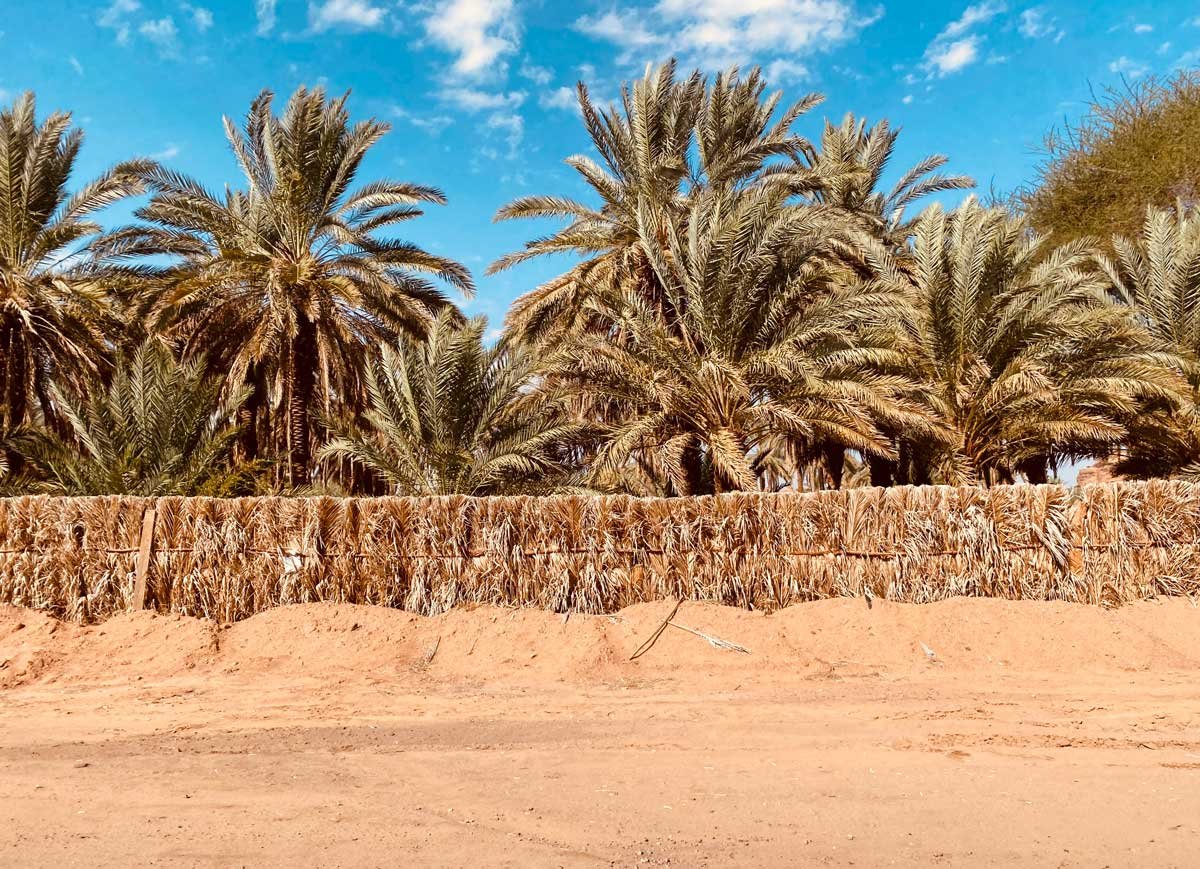
The trunks of the palm trees are used as construction material, also in Old Town, the ancient city of AlUla, which we visited together with the entire work group, arriving from Italy at the end of November for the initial inspection of the Hegra necropolis. Located near the ancient spice and incense trade routes, the city was abandoned in the early ’80s after serving as a pilgrimage stop for centuries for those en route to Mecca. A restoration project is currently underway, spearheaded by the Royal Commission for AlUla (RCU), focusing on houses constructed from straw and mud bricks.
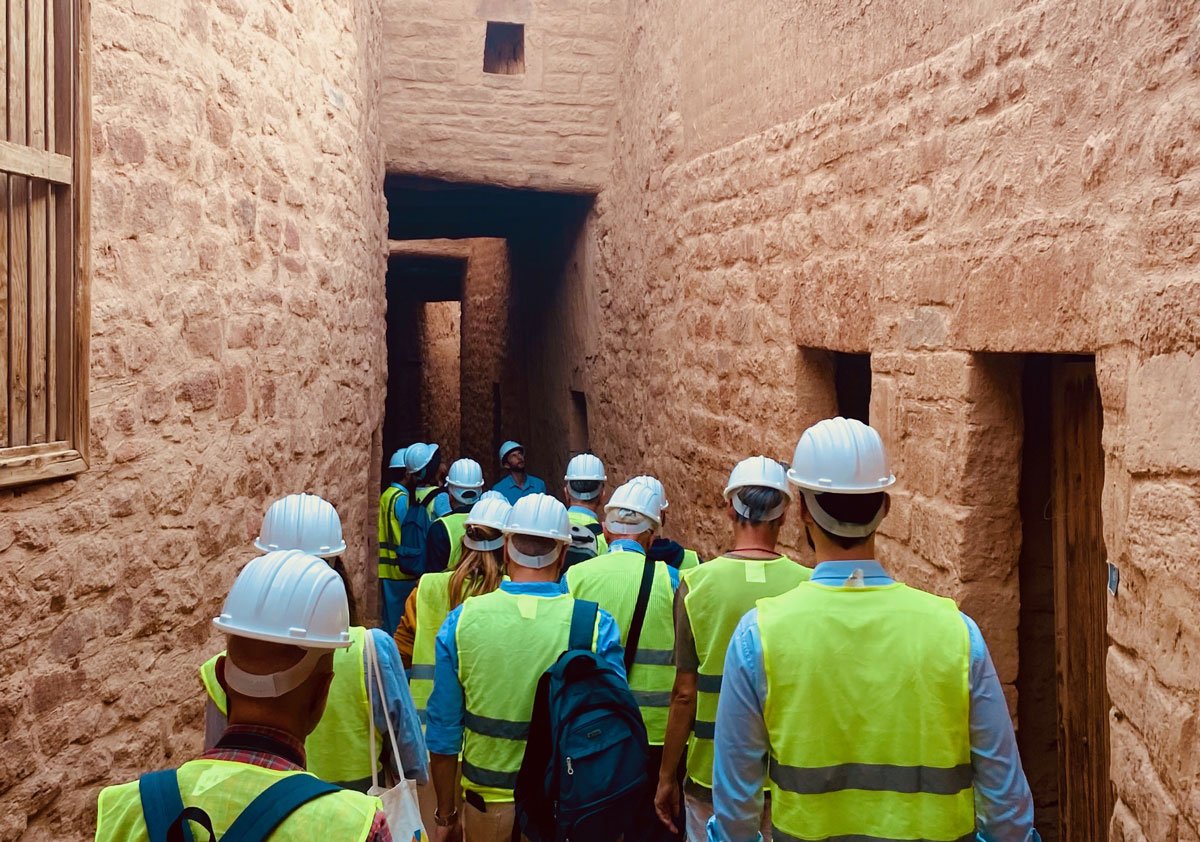
Our work at the site
The first two months spent in AlUla allowed us to begin understanding the habits of the local population, but more importantly, to closely study the tombs of Hegra. After conducting an inspection of various necropolises to assess the state of preservation of the tombs, we decided to commence the cataloging and mapping from the AlBanat massif, where approximately 30 tombs and niches are carved.
Thanks to discussions with the scientists involved in the Hegra Conservation Project, we started to comprehend the forms of degradation affecting the facades and sandstone masses in which they are carved. Water, combined with salts, plays a central role at the Hegra archaeological site. Its effects are evident, for example, in the signs of erosion on the tomb facades and the cavities that characterize the rock.
Those who live in this region of Saudi Arabia tell us about rare but heavy rains that create pools and extensive stagnant areas in a matter of minutes. In the coming months, we will also consider available data on local precipitation and cross-reference it with what will be gathered from the environmental monitoring we will install.
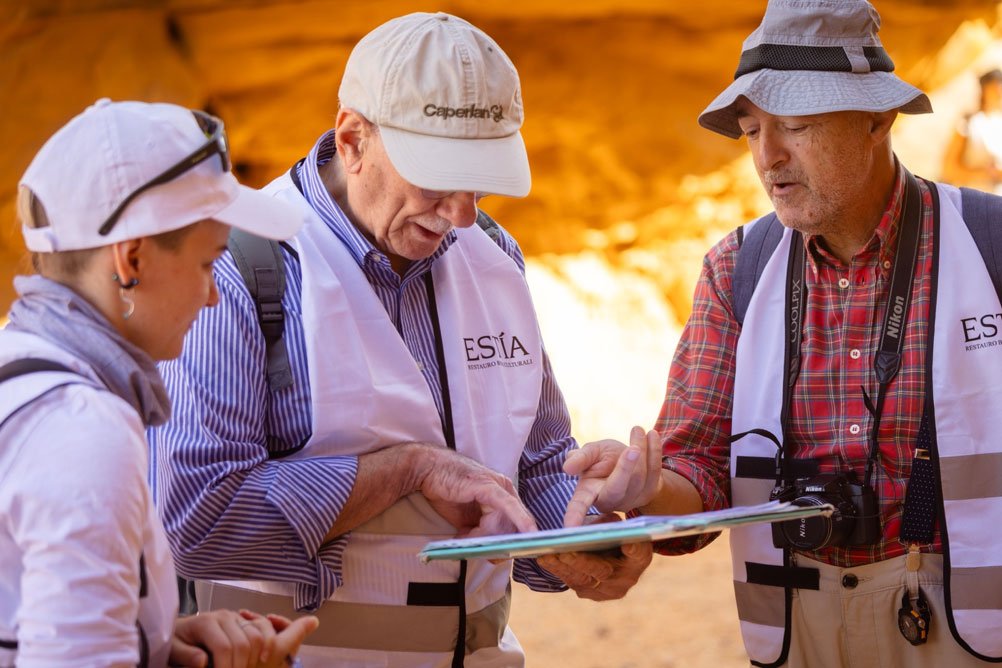
A place in the Sun
In nearly two months of our stay, it has rained only a couple of times. The days are always sunny and hot. Needless to say, even when the thermometer reads 30°C (86°F), it’s a dry heat, entirely bearable even during working hours at the site. However, it’s crucial never to forget to drink water! The skin here tends to dry out due to the wind and sand.
AlUla is undoubtedly a place in the sun.
